Photo by David P Baileys via Shutterstock
Aspect ratio is a fundamental concept in photography that significantly impacts how your photos are composed and displayed. Whether you’re shooting with a DSLR, mirrorless camera, or even a smartphone, understanding this concept is crucial for capturing the best possible images.
In this guide, we’ll dive deep into what aspect ratio is, explore common examples in photography, and discuss how aspect ratio affects composition. I’ll also provide some practical tips for beginner photographers that will help you maximize your results by choosing the right one. By the end of this article, you’ll have a solid grasp of this topic and how to use it to your advantage in your photography.
So, with that, let’s get to it!
Table of Contents
- What is Aspect Ratio?
- Common Aspect Ratios in Photography
- How Aspect Ratio Affects Composition
- Choosing the Right Aspect Ratio for Your Photos
- The Aspect Ratio Matters for Printing, Too
What is Aspect Ratio?
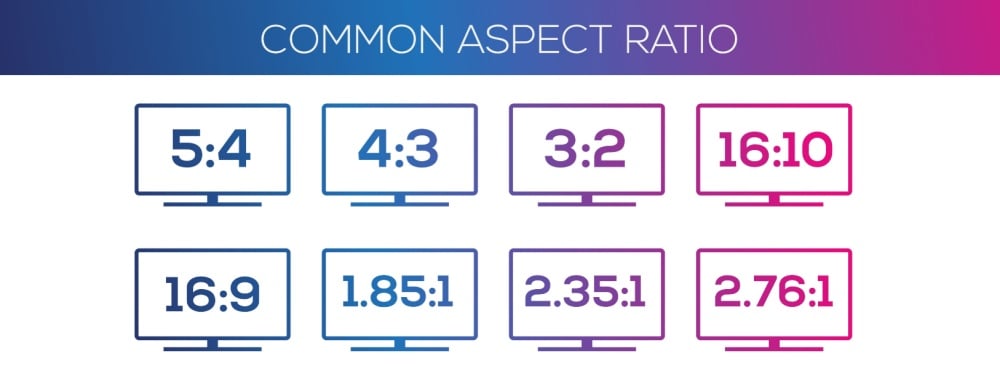
Photo by khaleddesigner via Shutterstock
Aspect ratio is really quite simple. It refers to the proportional relationship between the width and height of an image. It’s expressed as two numbers separated by a colon, such as 4:3 or 16:9. These numbers describe the ratio of the image’s width to its height. For example, a 4:3 ratio means the image’s width is four units wide for every three units of height.
The concept of aspect ratio dates back to the early days of photography and cinematography. Different ratios have been used over time, influenced by technological advancements and artistic preferences. Today, understanding aspect ratio is essential for photographers who want to create well-composed and visually appealing images.
Aspect ratio isn’t just a technical specification, either; it plays a vital role in how an image is perceived. It affects the composition, framing, and overall aesthetic of your photos. By mastering this concept, you can ensure your images look great whether they’re printed, displayed on a screen, or shared on social media.
Common Aspect Ratios in Photography
4:3 Aspect Ratio

Photo by Master1305 via Shutterstock
The 4:3 aspect ratio is common in point-and-shoot cameras and Micro Four Thirds systems. It has a near-square shape, making it versatile for various types of photography.
- Uses and Examples: Suitable for portrait and landscape photography, providing a balanced composition.
- Pros: Offers more vertical space, ideal for capturing tall subjects or fitting more into the frame.
- Cons: May require cropping for certain print sizes or digital displays.
3:2 Aspect Ratio

Photo by Yevhenii Chulovskyi via Shutterstock
The 3:2 aspect ratio is the standard for most DSLR and mirrorless cameras. It closely matches the dimensions of traditional 35mm film.
- Uses and Examples: Popular for both portrait and landscape photography, providing a natural-looking perspective.
- Pros: Matches many print sizes, reducing the need for cropping.
- Cons: Less vertical space compared to 4:3, which can be limiting for some compositions.
16:9 Aspect Ratio
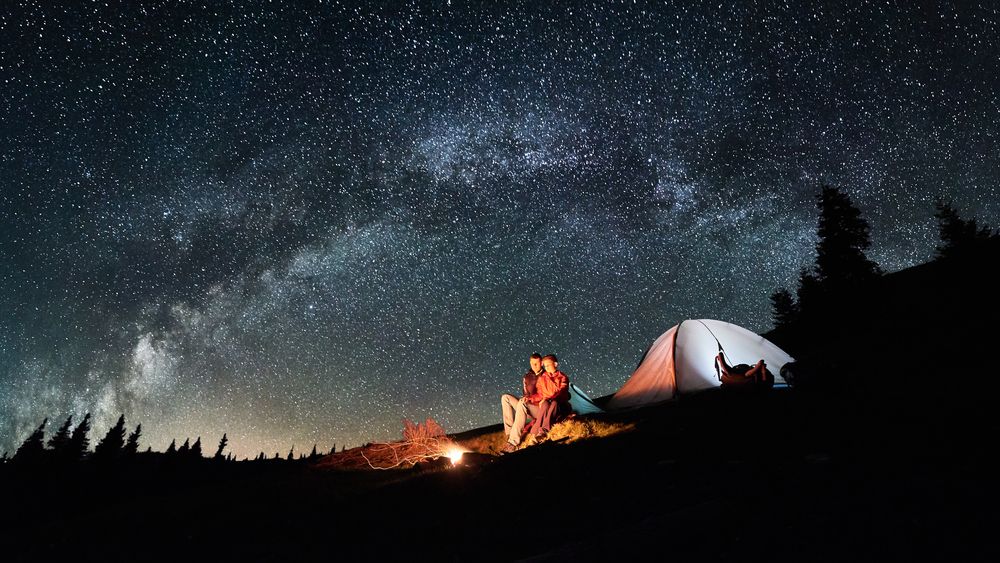
Photo by anatoliy_gleb via Shutterstock
The 16:9 aspect ratio is widely used for video and panoramic photos. It’s the standard for high-definition television and many computer monitors.
- Uses and Examples: Ideal for landscape photography and creating a cinematic look.
- Pros: Great for wide scenes and fitting more horizontally into the frame.
- Cons: Can feel too wide for some subjects, requiring careful composition.
1:1 Aspect Ratio

Photo by DavideAngelini via Shutterstock
The 1:1 aspect ratio is a perfect square and is particularly popular on social media platforms like Instagram.
- Uses and Examples: Perfect for portraits, product photography, and social media posts.
- Pros: Provides a clean, balanced composition that works well for many subjects.
- Cons: Can be restrictive for wide scenes or subjects requiring more space.
How Aspect Ratio Affects Composition
Example of a 3:2 aspect ratio. Photo by dekazigzag via Shutterstock
Aspect ratio has a profound impact on your photo’s composition. Different ratios can change how you frame your subject and the overall balance of your image. Here are some ways this affects composition:
- Framing and Balance: The aspect ratio determines the frame’s shape, influencing how you position elements within the scene. A wider ratio like 16:9 encourages horizontal compositions, while a taller ratio like 4:3 provides more vertical space.
- Subject Emphasis: The aspect ratio can help emphasize different parts of your subject. For example, a 1:1 ratio can make a portrait appear more intimate and focused, while a 3:2 ratio (as shown above) might be better for capturing the full environment around your subject.
- Negative Space: Aspect ratio affects the amount of negative space in your image. Negative space is the area around your subject, and different ratios provide varying amounts of this space, affecting the overall feel of the photo.
- Composition Techniques: Techniques like the rule of thirds or leading lines may need to be adapted based on the aspect ratio. For instance, a wide aspect ratio might require you to think more about horizontal lines, while a tall aspect ratio might focus more on vertical lines.
Understanding how aspect ratio affects composition helps you make intentional choices when framing your shots. This, in turn, ensures your images convey the desired message and aesthetic.
Choosing the Right Aspect Ratio for Your Photos

Example of a 16:9 aspect ratio. Photo by Balate.Dorin via Shutterstock
Choosing the right aspect ratio depends on several factors, including your subject matter, the photo’s intended use, and your style. Here are some considerations to help you decide what aspect ratio to use:
- Subject Matter: Different subjects may look better in certain aspect ratios. Portraits often benefit from a 4:3 or 3:2 ratio, which provides a natural balance and enough vertical space. Landscapes, on the other hand, might look more expansive and dramatic in a 16:9 ratio.
- Intended Use: Think about where and how your photos will be displayed. If you’re shooting for social media, a 1:1 ratio might be ideal. For prints, consider the standard sizes to minimize cropping.
- Personal Style: Your artistic vision plays a significant role in choosing an aspect ratio. Experiment with different ratios to see which ones align with your style. Some photographers prefer the classic look of 3:2, while others might lean towards the modern, cinematic feel of 16:9.
- Situational Examples:
- Portrait Photography: A 4:3 or 3:2 ratio often works well, providing enough vertical space for the subject.
- Landscape Photography: A 16:9 ratio can capture the grandeur of wide scenes.
- Macro Photography: A 1:1 ratio emphasizes the subject and creates a focused composition.
- Social Media Posts: A 1:1 ratio is perfect for Instagram, ensuring your photos look their best on the platform.
By considering these factors, you can choose the ratio that best suits your photography needs and enhances your images.
The Aspect Ratio Matters for Printing, Too
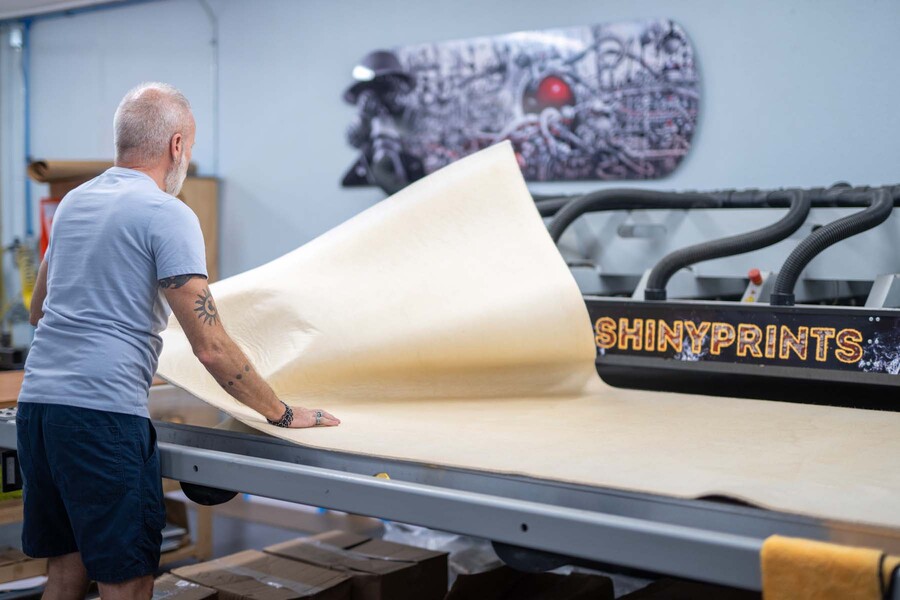
Aspect ratio is a crucial element in photography that affects composition, framing, and how your images are displayed, too…
In fact, one of the most crucial aspects of aspect ratio in printing is ensuring that your photo’s dimensions match standard print sizes. Common print sizes such as 4×6, 5×7, 8×10, and 11×14 each have their own aspect ratios. For example:
- A 4×6 print has a 3:2 ratio.
- A 5×7 print has a 5:7 ratio.
- An 8×10 print has a 4:5 ratio.
If the ratio of your photo does not match the desired print size, the image may need to be cropped, which can alter the composition and potentially cut off important parts of the photo. Likewise, printing an image without maintaining the correct aspect ratio can lead to distortion. Stretching or compressing an image to fit a particular print size changes the proportions, resulting in a skewed or unnatural look. For example, forcing a 16:9 image into a 4×6 print without cropping will make the subjects appear stretched or squished.
How to Avoid Aspect Ratio Issues When Printing
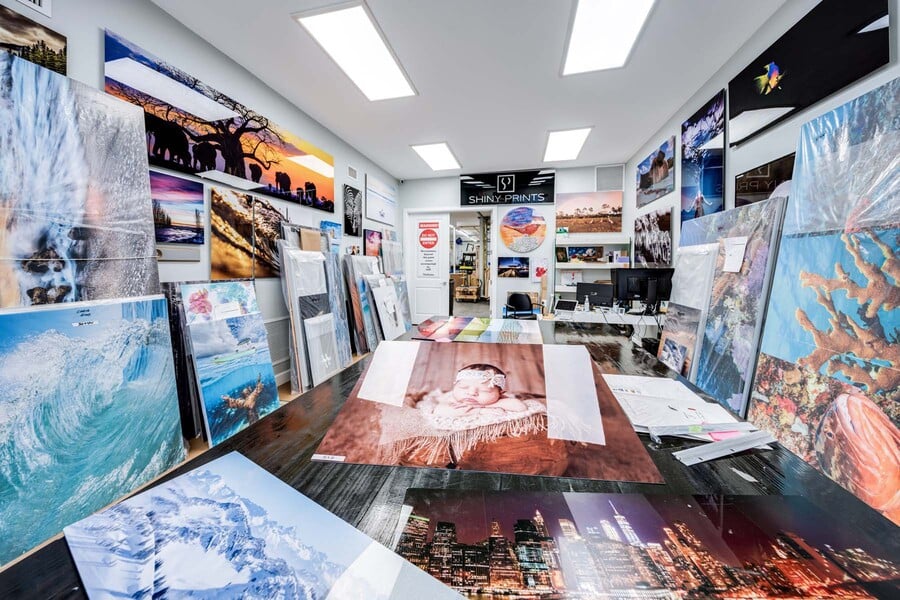
To avoid issues with with this when printing, it’s a good practice to plan your shots with the final print size in mind. Many cameras allow you to set the aspect ratio before shooting, which helps ensure that your images will fit standard print sizes without needing significant cropping.
For unique or non-standard ratios, custom printing is an option. Many professional print services, like Shiny Prints, offer custom sizes that can match any aspect ratio, ensuring that your prints are exactly as composed. However, custom sizes can be more expensive and may require custom framing.
But, when you work with a high-quality outfit like Shiny Prints, you know you’ll get a high-quality metal print no matter the aspect ratio…
In fact, Shiny Prints specializes in working with metal, so the quality of their prints is second to none. As I discuss in my video above, Shiny Prints absolutely crushes it in the quality department, with prints that have gorgeous colors, beautiful contrast, and incredible depth. This goes for portraits, landscapes, and everything in between, too. No matter what the subject, your photos will arrive at your doorstep ready to impress!
But that’s what you should expect from a company that focuses wholly on the consumer. The Shiny Prints team is all about quality over quantity. They aren’t pumping out prints on an assembly line. Instead, your photo is treated with every bit of love and care as the one before it. Combined with decades of expertise and the highest-quality technology available, you can bet your Shiny Prints experience will be every bit as good as the ones I’ve had over the years!
Enjoy a Large Selection of Printing Options
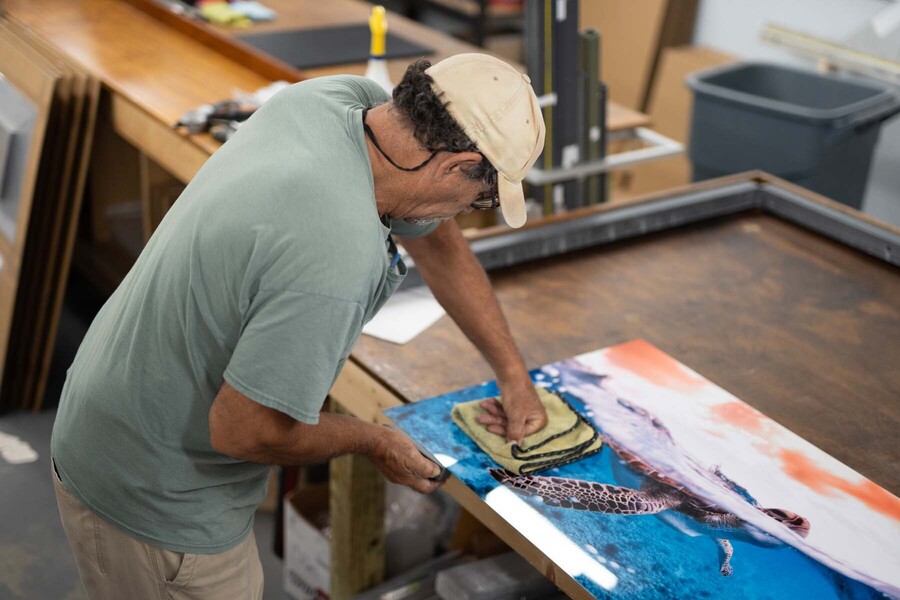
You can enjoy a large selection of printing options for your images, too. You can choose from white gloss or white matte, silver gloss or silver matte surfaces. There are multiple mounting options, too – from the tuxedo mount (my personal favorite) to a simple box mount to an edge mount (with various other options in between).
And, like I mentioned earlier, Shiny Prints offers sizing to acommodate common and uncommon aspect ratios. Heck, you can order a custom size or shape if need be. In other words, when it comes to displaying your favorite images, metal prints from Shiny Prints should be on your radar!
Tips for Printing Success
Regardless of where you print your photos, use the following tips to ensure success:
- Check Aspect Ratio Settings: Set the aspect ratio on your camera to match the intended print size before shooting.
- Compose with Cropping in Mind: When composing your shots, leave extra space around the edges to allow for cropping if necessary.
- Use Editing Software: Utilize photo editing software to adjust the aspect ratio and composition before printing. Tools like Adobe Lightroom and Photoshop offer precise control over cropping and aspect ratios.
- Preview Prints: Many print services provide a preview of how your photo will look at different print sizes. Use this feature to ensure your image has the correct crop and nothing important is cut off.
- Ask for Help: If you’re unsure of whether your image’s aspect ratio will work for the size of image you want printed, ask for assistance from the printer’s tech support team.
By understanding and experimenting with different aspect ratios, you can enhance your photography skills and create visually appealing photos. The key, of course, is to practice. The more you shoot and the more experimentation you do behind the lens, the better the results will be!
Disclaimer: Our articles might have affiliate links and the occasional sponsored content, but don’t sweat it – if you buy something, we get a little kickback at no extra cost to you, and we only hype products we truly believe in!


[…] Understanding Aspect Ratio: A Beginner’s Guide […]
[…] Understanding Aspect Ratio: A Beginner’s Guide […]